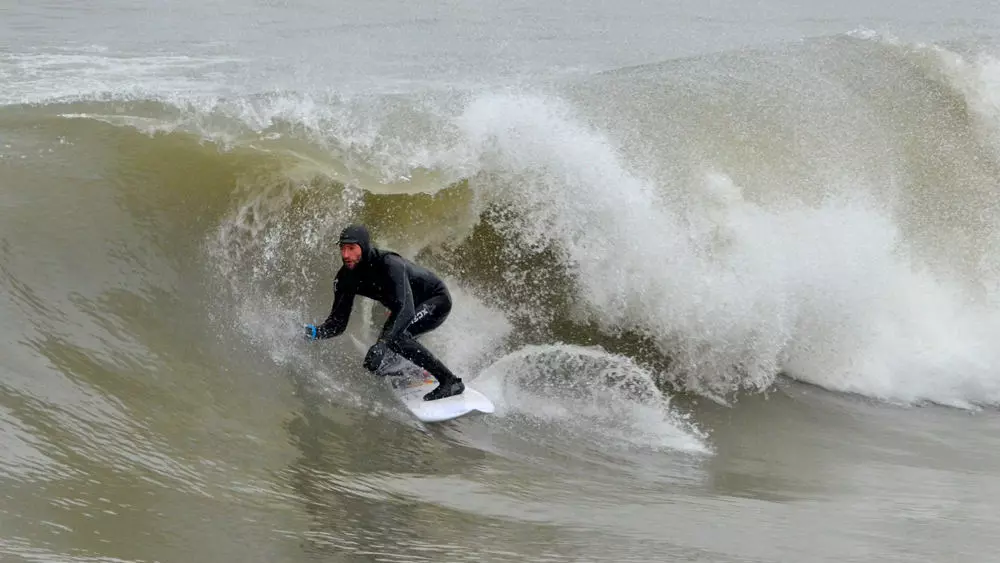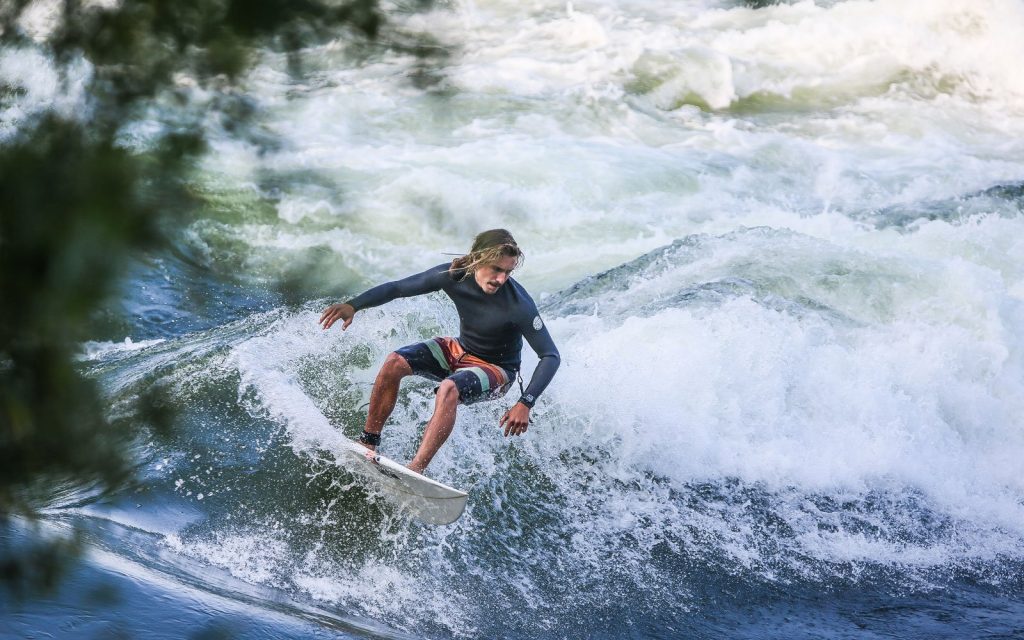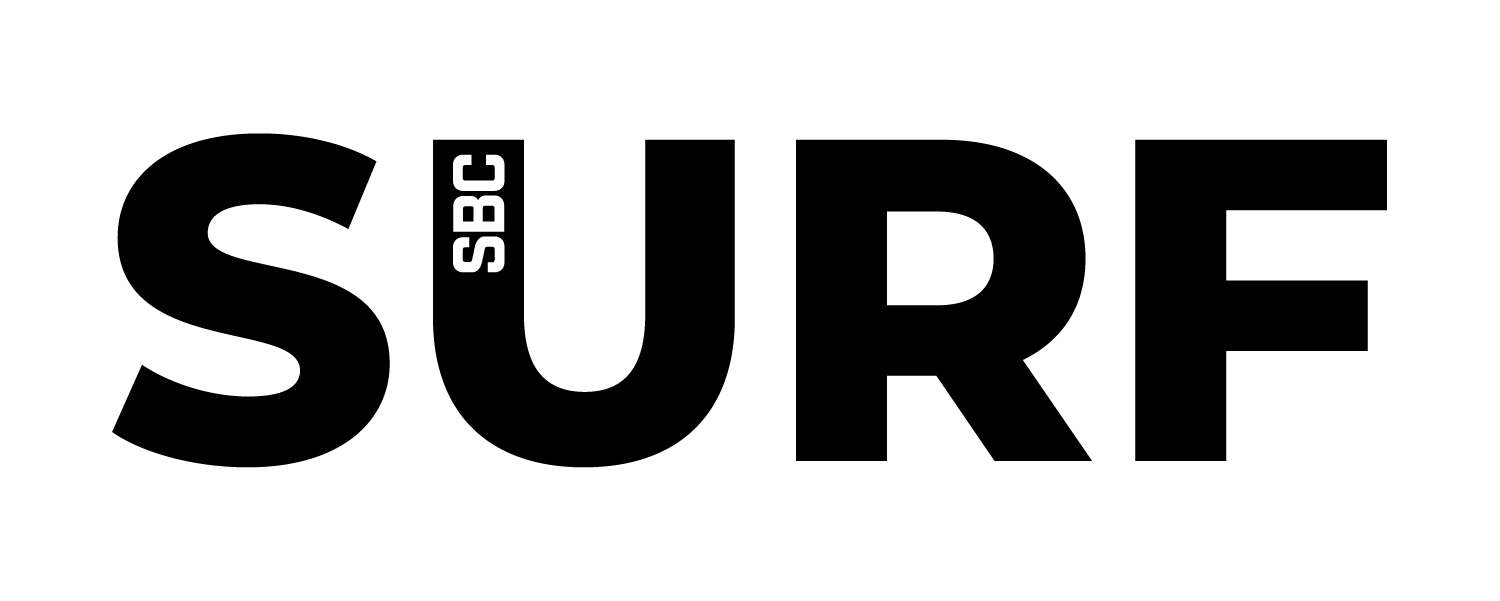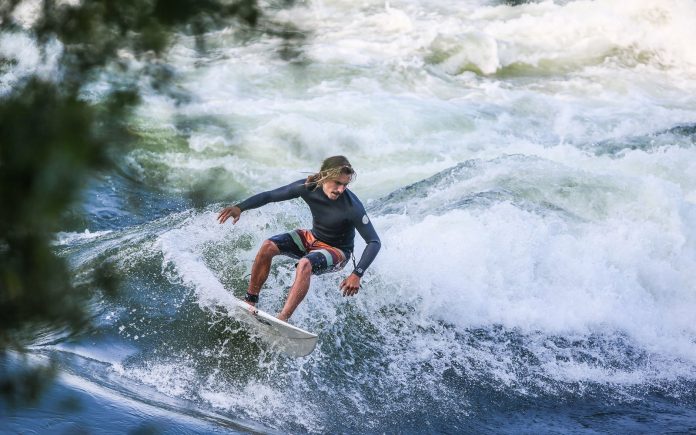Lake Surfing: Chasing Wind Swells in the Great Lakes
Yes, you can surf in the middle of Canada. Lake surfers rely on wind-generated swells rather than ocean tides, but the Great Lakes—particularly Lake Ontario, Lake Erie, and Lake Superior—offer surprisingly good waves when the conditions line up. Fall and winter storms are prime time, with powerful winds creating short-period swells that mimic ocean surf.
- Toronto (Lake Ontario): Ashbridges Bay and Bluffers Park are local favorites. When strong southeast or east winds hit, Bluffers can serve up punchy, hollow waves, while Ashbridges offers a more accessible beach break.
- Prince Edward County: Sandbanks Provincial Park is a go-to for lake surfers in eastern Ontario. When wind and direction align, it delivers long rides and clean walls, especially on southwest winds.
- Lake Erie: Spots like Port Stanley and Long Point can surprise with solid waves. Erie’s smaller size means it reacts quickly to wind events, making it a great “strike mission” lake when conditions pop.
- Lake Superior: With its vast surface area and exposure to large storms, Superior produces the biggest and most ocean-like waves in the Great Lakes. Surf spots near Duluth (U.S.) and the Canadian side around Terrace Bay and Thunder Bay are known for rugged beauty and powerful surf.
- Lake Huron: Don’t sleep on Huron. Kincardine, Goderich, and Grand Bend all light up during fall wind events. The waves here are often glassier than Ontario’s, and the sunsets are legendary.
Lake surfing demands patience, a good wind/swell forecast app, and a thick wetsuit (especially in winter). But for those who commit, it opens up an entire inland surf culture that’s full of stoke and spontaneity.

River Surfing: The Standing Waves of Canada
Beyond oceans and lakes, Canada’s rivers offer a unique take on surfing—standing waves. These are permanent or semi-permanent waves created by water rushing over rocks or riverbeds, forming a rideable wave that stays in place. You paddle in and carve forever (or until your legs give out).
- Montreal (St. Lawrence River): Habitat 67 is Canada’s most iconic river wave. Formed by a channel in the St. Lawrence near a residential complex, this wave is powerful, fast, and surprisingly ocean-like. Surfers line up year-round—even when the snow is falling.
- Alberta (Kananaskis River): Just outside Calgary, the Mountain Wave is a custom-built river wave created with input from the surf community. It’s consistent, rideable much of the year, and surrounded by alpine scenery that feels like a postcard.
- Ottawa River: The river running between Ontario and Quebec hides several surfable waves, including Champlain Bridge Wave and Lachine Rapids. Spring and early summer (when runoff is high) are the best times to catch these waves.
- Quebec City (St. Charles River): A smaller, lesser-known standing wave near the urban core, it’s mostly local surf and kayak riders who know about it—but it’s gaining traction with Quebec’s tight-knit river surf crew.
- River Wave Parks: Across Canada, there’s growing interest in building artificial river waves for year-round surfing. Places like Cochrane, Alberta, and others in B.C. have been proposed or are in development stages, aiming to bring standing waves to more inland communities.
River surfing has its own rhythm and culture. It’s not about chasing swells—it’s about flow, finesse, and connection to the water. It’s also super beginner-friendly, offering a great way to practice pop-ups, balance, and carving in a more controlled setting.



